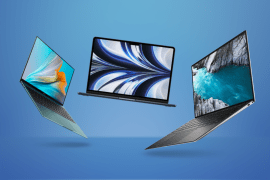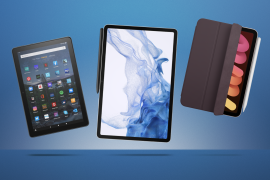Apple iPhone 15 vs iPhone 14: what’s the difference?
Is Apple’s new phone different enough to tempt you to upgrade?
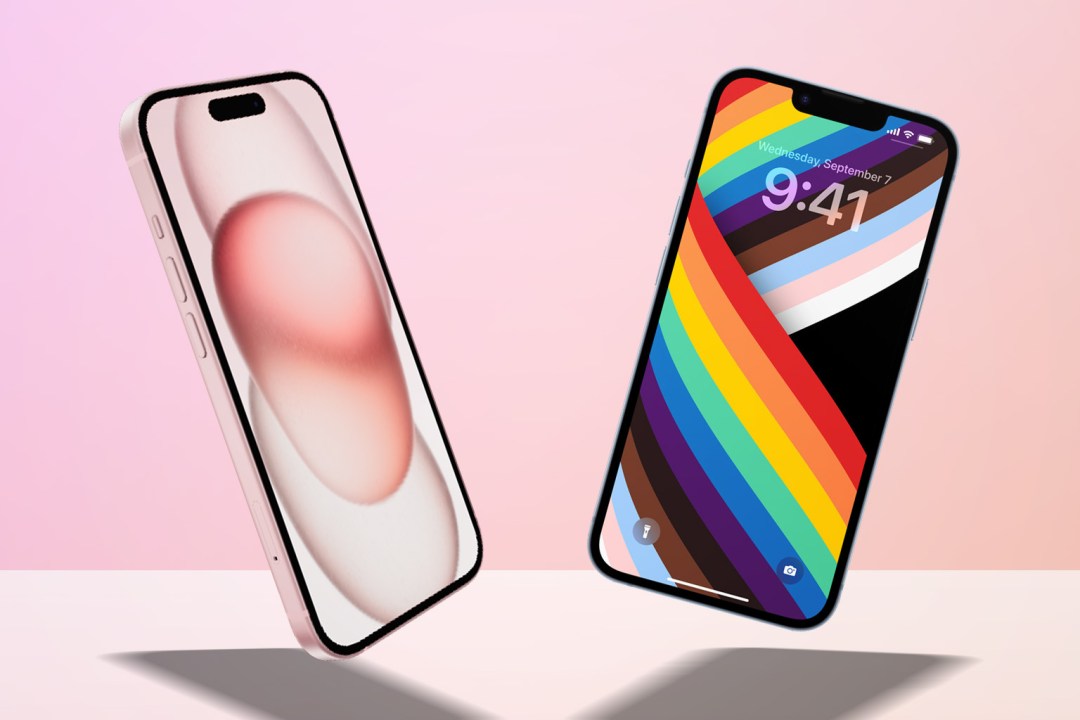
The launch of a new iPhone is always an exciting time. But it comes with a huge question attached: do you want to upgrade to Apple’s new “best smartphone ever” – or should you stick with the old one for a year longer?
The iPhone 15 brought some important and interesting improvements over the iPhone 14, notably the change from Lightning to USB-C for the phone’s charging port. It also saw upgraded cameras and a brighter display. It’s now the phone other companies will be playing catch-up to until September 2024, with the latest generation Apple A-series chipset powering it to new performance heights. Read on for how the iPhone 15 series compares to the previous-gen models.
- Related: All the iPhone 15 models compared
iPhone 15 vs iPhone 14: display
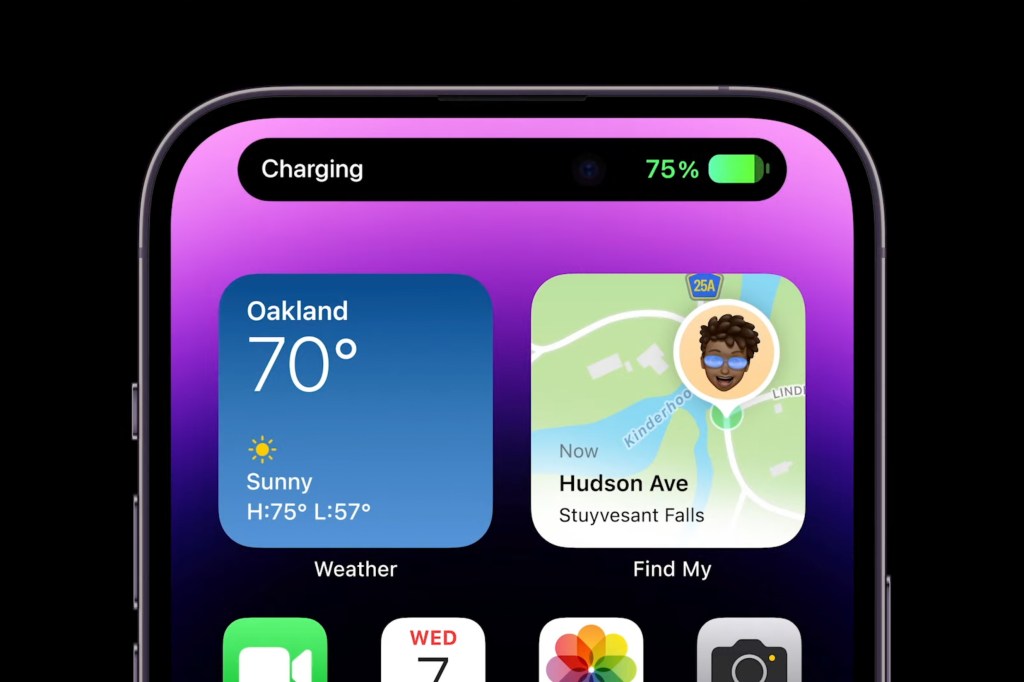
Dynamic islands for everyone! The iPhone 14 Pro’s screen-topping expanding lozenge is now being rolled out across the iPhone range. That means the famous Apple ‘notch’ is finally being phased out, having been in place since the iPhone X.
Screen sizes remain the same, with the iPhone 15 sticking with a 6.1in OLED screen exactly as seen on the iPhone 14. The Plus and Pro Max variants get 6.7in panels, with a slightly higher resolution to keep the pixel density about even.
Brightness has seen a big boost this generation, with a new ambient light sensing high brightness mode. It means the iPhone 15 shines twice as brightly as the iPhone 14 when outdoors in direct sunlight, making the display far easier to read.
iPhone 15 vs iPhone 14: design
This iPhone generation’s Pro models have a chassis made from titanium instead of aluminium, which boosts durability and helps keep weight down. The screen bezels are thinner, with a deeper curve to the glass that accentuates the chassis’ matte edges. The iPhone 15 sticks with aluminium, and hasn’t changed all that much aside from the Dynamic Island pill up front.
Both the iPhone 15 Pro and 15 Pro Max get a new Action button, which replaces the mute switch. This can carry out various actions depending on the app you’re running, such as being a camera shutter button or switching on the camera’s LED flash to act as a torch.
The biggest break with the iPhone 14 generation comes on the bottom edge of the phone. The familiar Lightning port, which has been around since the iPhone 5, has become a USB-C port. This means all your Lightning cables are obsolete, unless you have a Magic Mouse 2 or first-generation Apple Pencil to use with a Mac or iPad (or an older iPad, of course). This is a big change for Apple. It has kept its proprietary phone charging tech despite being an early adopter of USB-C on Mac computers. The port is on almost the entire iPad range too, so Lightning’s days are definitely numbered.
Also on the way out are SIM cards. iPhone 14 models sold in North America were dual eSIM-only, meaning the little tray with the fiddly release mechanism was no more. It’s the same situation this year. If you buy iPhone 15 outside of the US you still get a nano SIM slot (though you can use eSIM if you want).
iPhone 15 vs iPhone 14: features
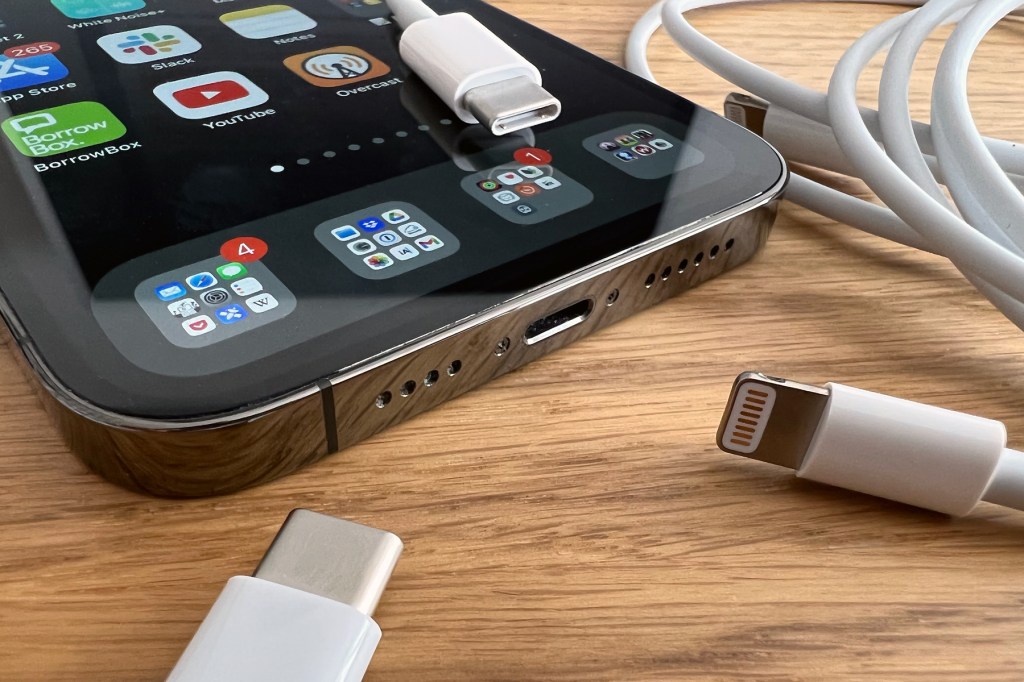
Elsewhere, there aren’t a great many differences between the basic iPhone 15 and its predecessor. Those Pro phones also get a new generation of the Apple-designed chip that powers everything along, the A17 Pro, while the non-Pro phones get the A16 Bionic from last year’s Pro line-up. Pro users get a bit of additional RAM too, with 8GB compared to the iPhone 14 Pro’s 6GB.
Further improvements on the inside for iPhone 15 over the iPhone 14 include the addition of Wi-Fi 6E for those with compatible router. Plus there’s Thread support for controlling smart home kit. There’s also a UWB (ultra wide-band) communications chip, too. This can be used with the Vision Pro headset.
There’s also greater repairability this year, too. The iPhone 15’s redesigned casing means it’s easier to open up if you shatter the glass back of the phone and require a replacement.
iPhone 15 vs iPhone 14: camera
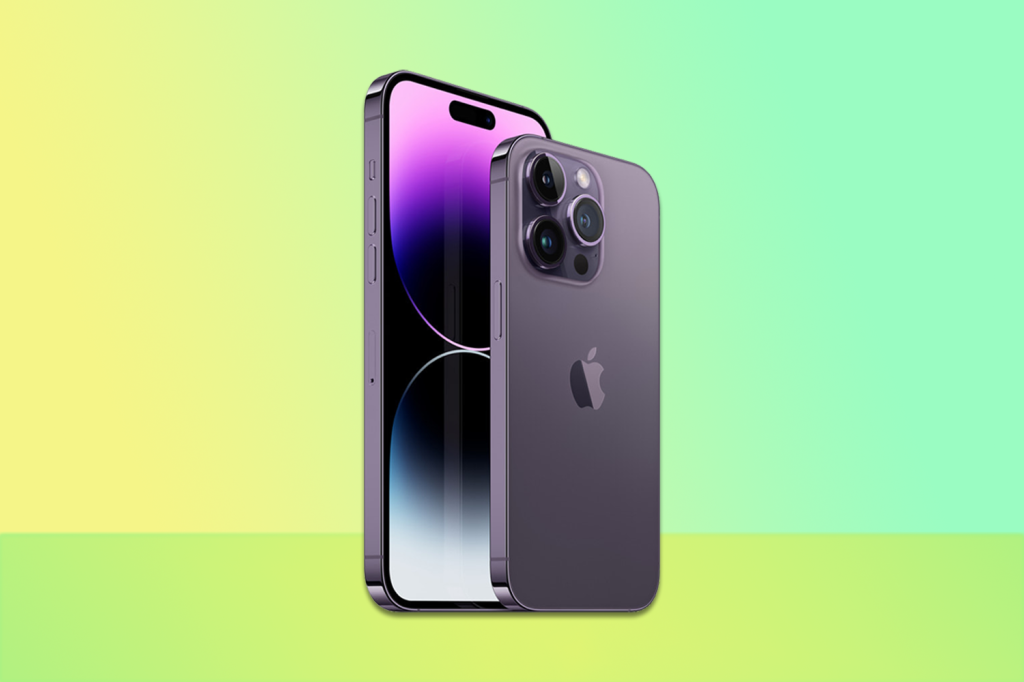
The standard iPhone has been stuck at 12MP for its main camera for a while now. You have to go all the way back to the iPhone 6 from 2014 to find one that produces a smaller image. The iPhone 15 breaks with this tradition. The main wide-angle camera now uses a 48MP, Sony-produced sensor.
That pixel count happens to be exactly four times 12, so the camera will still produce 12MP files by default, combining four pixels into one to reduce image noise. It can also go into high-res mode to offer up the full 48 if you need it. Apple used this approach for the iPhone 14 Pro, too. Android rivals have been doing it for years, so it’s great to see the ‘mainstream’ iPhone catch up.
Otherwise, the iPhone 15’s dual-camera array retains the same 12MP ultrawide camera seen on the iPhone 14. It also doesn’t add any telephoto options – you’ll need the triple camera cluster on the Pro models for that.
The Pro Max gets periscope zoom lens good for 5x optical zoom. This clever device uses an arrangement of lenses and mirrors, instead of relying on digital zoom and cropping to provide a tighter view.
iPhone 15 vs iPhone 14: verdict
The iPhone 15 is a solid upgrade over the iPhone 14. But whether you want to upgrade or not depends on whether you’re dissatisfied with your current phone. And of course there will be those who simply must have the newest and best. The convenience of using pre-existing USB-C cables wins out over Lightning for charging.
The periscope zoom camera on the Pro Max models are a big draw for those who use their phones for a lot of photograph. It’s a big improvement on previous fixed-lens solutions.
However, the iterative nature of many of the upgrades may not attract many iPhone 13 or 14 owners to upgrade. But for users of models from iPhone 12 backwards, the step up to the iPhone 15 series will be quite marked. Maybe the iPhone 16 will deliver bigger changes for 13/14 users? Time will tell.
